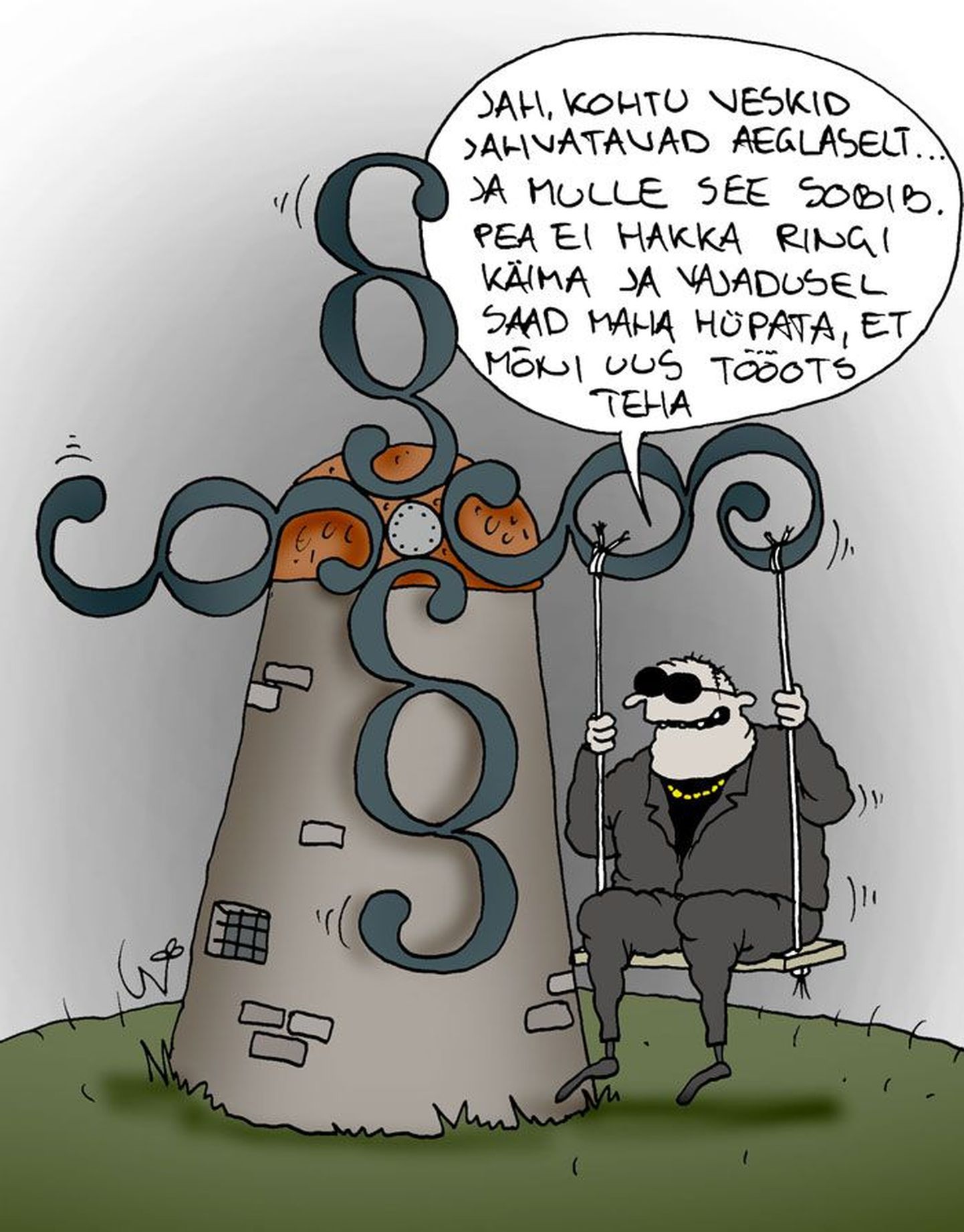
Court queue problem unsolved, for years on end.

Court queue problem unsolved, for years on end.
What counts most, in rule of law, is that fairs trials exist – as such. Should that take longer, so be it. However: how long, then? If one mayor’s accusation in corruption reached court at the beginning of this year, but the hearings only commence in 2015, the public feels violated in its sense of justice – such long lines in courts make the state and its legal system look feeble. Fair legal practice is also violated: should guilt go unproven, the accused has had to live for years with the court case hanging over his head.
The long lines are not a new problem. Repeatedly, the outgoing Chief Justice of the Supreme Court Märt Rask has drawn attention to this. Priit Pikamäe, appointed as his successor, agrees. Even the Ministry of Justice acknowledges the complexity of the situation. Still – no solution has been found.
The most complex being Viru County – like in education and medicine, so in court practice: painfully lacking in people. There is a shortage of judges; vacancies are also to be found in the district prosecutor’s office. It seems quite clear that regional differences, within Estonia, have come to a place where offices can no longer be filled, in some regions, without offering additional pay.
In the Ministry of Justice, a case exists with prison service – the Viru Prison employees are paid a third over their colleagues in Tallinn and Tartu. Thus, such benefits need to be seriously considered with the Viru County judges and prosecutors. Acknowledging, at the same time, that with better pay, the thinning of the ranks of justices can only be mitigated, not stopped. Looking for additional ways of alleviating the queue problem: could it be possible to send judges from regions with less demand to lead cases in overburdened regions? Estonia is one entity and the laws the judges are guided by are also uniform.
In the court system, nothing is to be decided without careful considerations, however. For an idea – looking good on paper – may prove a hindrance in legal practice. Like the principle on continuity: a good idea, but hard to be implemented in everyday legal matters.
To put it bluntly: a court is a place where only the prosecutor and judge are willing to come. The rest – the accused and the witnesses – try to protect their everyday lives from court matters as much as possible. Yet, all parties are needed to hear the matters. And should any of those fall ill or be unable to attend – to a degree this is unavoidable and has, therefore, to be considered as well.